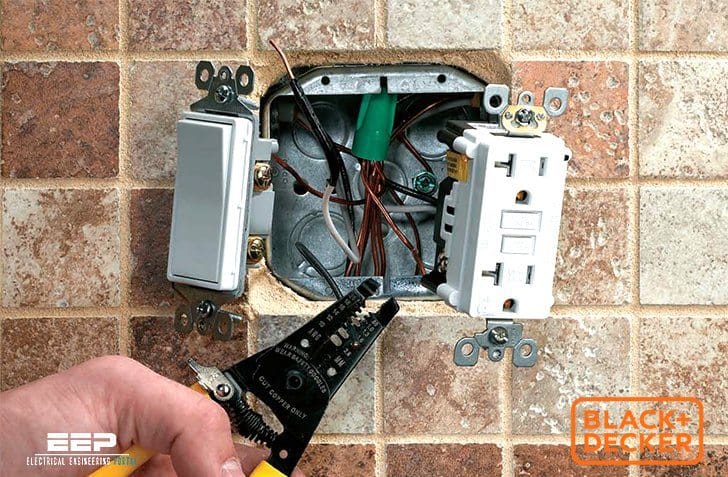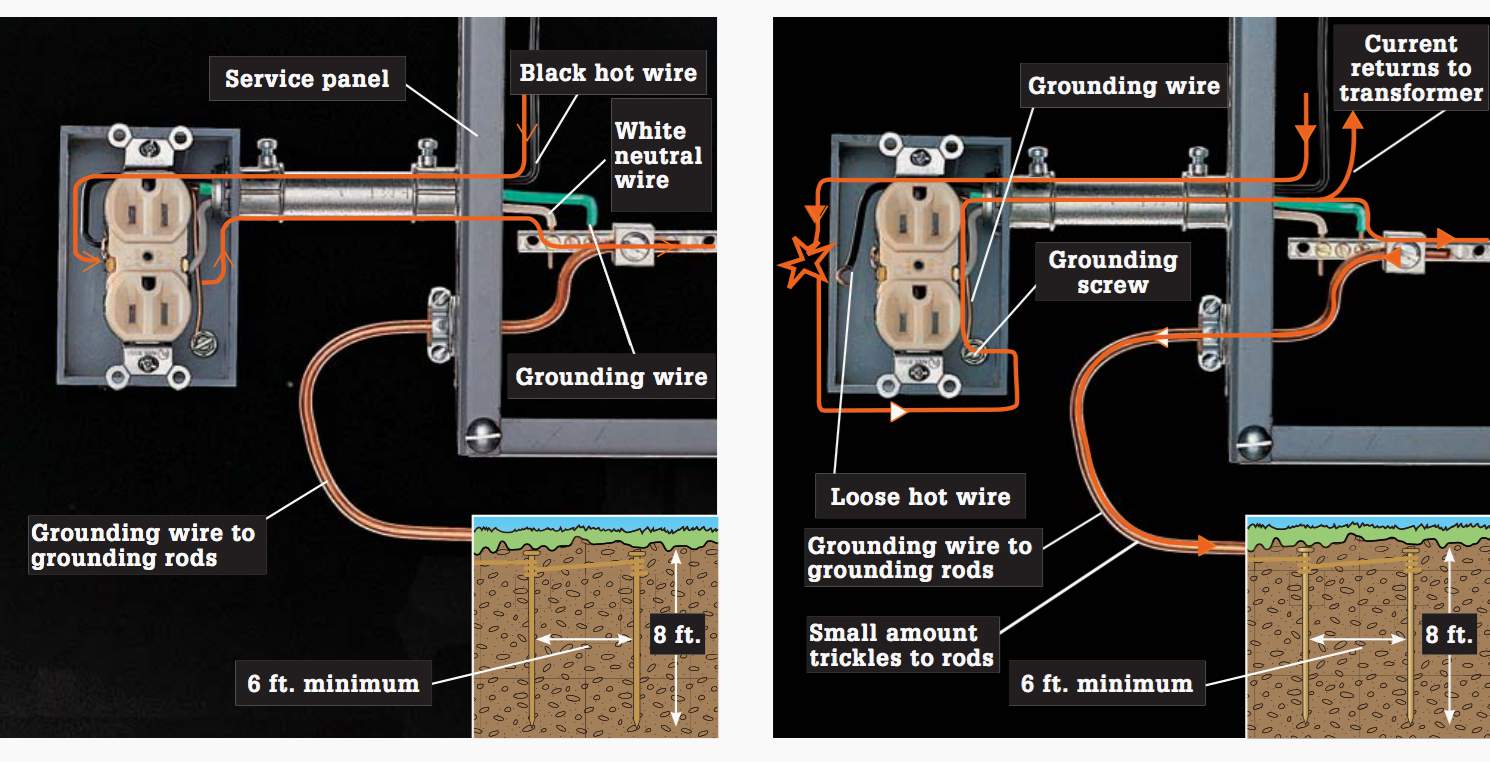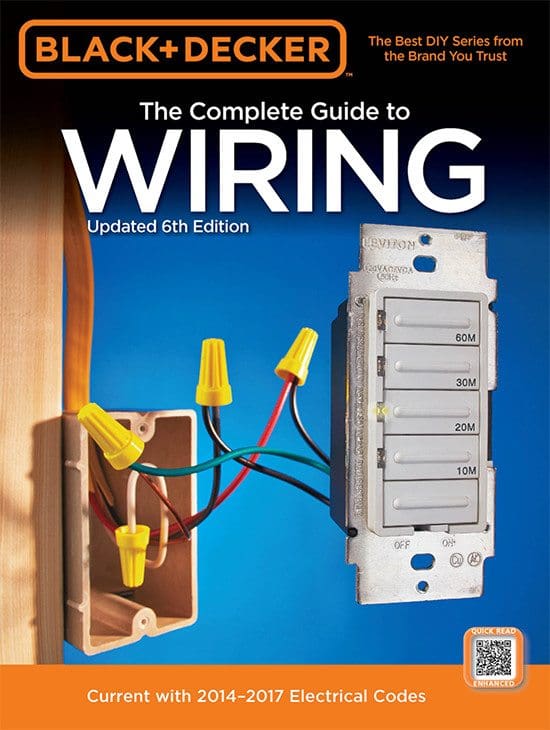Understanding Electrical Circuits
An electrical circuit is a continuous loop. Household circuits carry electricity from the main service panel, throughout the house, and back to the main service panel. Several switches, receptacles, light fixtures, or appliances may be connected to a single circuit.

Current enters a circuit loop on hot wires and returns along neutral wires. These wires are color coded for easy identification.
The service panel also has a bonding wire connected to a metal water pipe and a grounding wire connected to a metal grounding rod, buried underground, or to another type of grounding electrode.

If a circuit carries too much current, it can overload. A fuse or a circuit breaker protects each circuit in case of overloads. Current returns to the service panel along a neutral circuit wire. Current then leaves the house on a large neutral service wire that returns it to the utility transformer.
Grounding and Polarization
Electricity always seeks to return to its source and complete a continuous circuit. Contrary to popular belief, electricity will take all available return paths to its source, not just the path of lowest resistance.
In a household wiring system, this return path is provided by white neutral wires that return current to the main service panel. From the service panel, current returns along the uninsulated neutral service wire to a power pole transformer.
You will see the terms grounding and bonding used in this and other books about electricity. These terms are often misunderstood. You should understand the difference to safely work on electrical circuits.

Bonding connects the non-current-carrying metal parts of the electrical system, such as metal boxes and metal conduit, in a continuous low-resistance path back to the main service panel. If this metal becomes energized (a ground fault), current travels on the bonded metal and quickly increases to an amount that trips the circuit breaker or blows the fuse.
The dead circuit alerts people to a problem.
| Title: | The Complete Guide to Electrical Wiring (Current with 2014–2017 Electrical Codes) – Black+Decker |
| Format: | |
| Size: | 44.8 MB |
| Pages: | 339 |
| Download: | Right here | Video Courses | Membership | Download Updates |



thank’s sir/madaam,i have understood what you have tought or written down,my question is the wirig of merterbox through the pole upto the housepart
Thank you! I appreciate the information I found in this portal. I want to self- educate and -train in electrical circuit and beyond. I could use all the help I can get.
Thanks for your help and I also won to learn more on house wiring thanks
Thanks for this enlightenment, I want to learn more in house wiring
I want learn electrical engineering
would like to thank you all that usefully information you provided, that efforts really appreciated,
I would like to understand the rules of housewiring as well as the Safety aspects of electrical circuits.
Interested please
Wanted to know about Electrical House Wiring.
Am interested in this book for my work day please
I want to self study electrical engineering.
i need to study electrical circuits
I’M godwin ogolo by name, i away’s wanted to be an electrical engineer, and i promised myself to pursue my dream, i have experience on electrical
i want to
learn
wiring a switch with power to the light first. We can no longer use the neutral as a power wire as neutral cannot be sacrificed here. Can I simply run three-wire for this configuration?
a valuable book for aspiring technicians
can i get a copy to make sure i dont catchj anything i invent or build on fire please? its purple in deert again so i could advertise ya….. thanks.
Hi,l want to upgrade my electrical skills both theory and practical can l have a company to work with to enable me have more experience?
i will like to be getting lessons on power systems and electronics from you , thanks
Please I want to learn electrical wiring and electrical design. Pls can someone help me out?
Pls I need a professional to teach me Electrical Installation.
I have a photoelectric switch with a “load” wire. What is it for?.
That goes to whatever the switch controls e.g. a light
Very helpful,I would like to get many articles as possible to go deep into electronics.
I want to learn
Mornings how do i get a copy of the complete 101 diagram book
i been electrican for 44 yrs. need online literature to train personnal on line
I want learn
How can I be trained to be come a perfect electrical house wiring
I want learn
I what to know how to be plan any electrical design on wiring
Good work
Hi can you recommend a book for basic domestic electrics and wiring. Im starting from very basics… how wiring works and how to wire home appliances up. The only thing i know right now is how to wire a plug and thats with copying the diagram on the top. Thank you.Aqil, UK